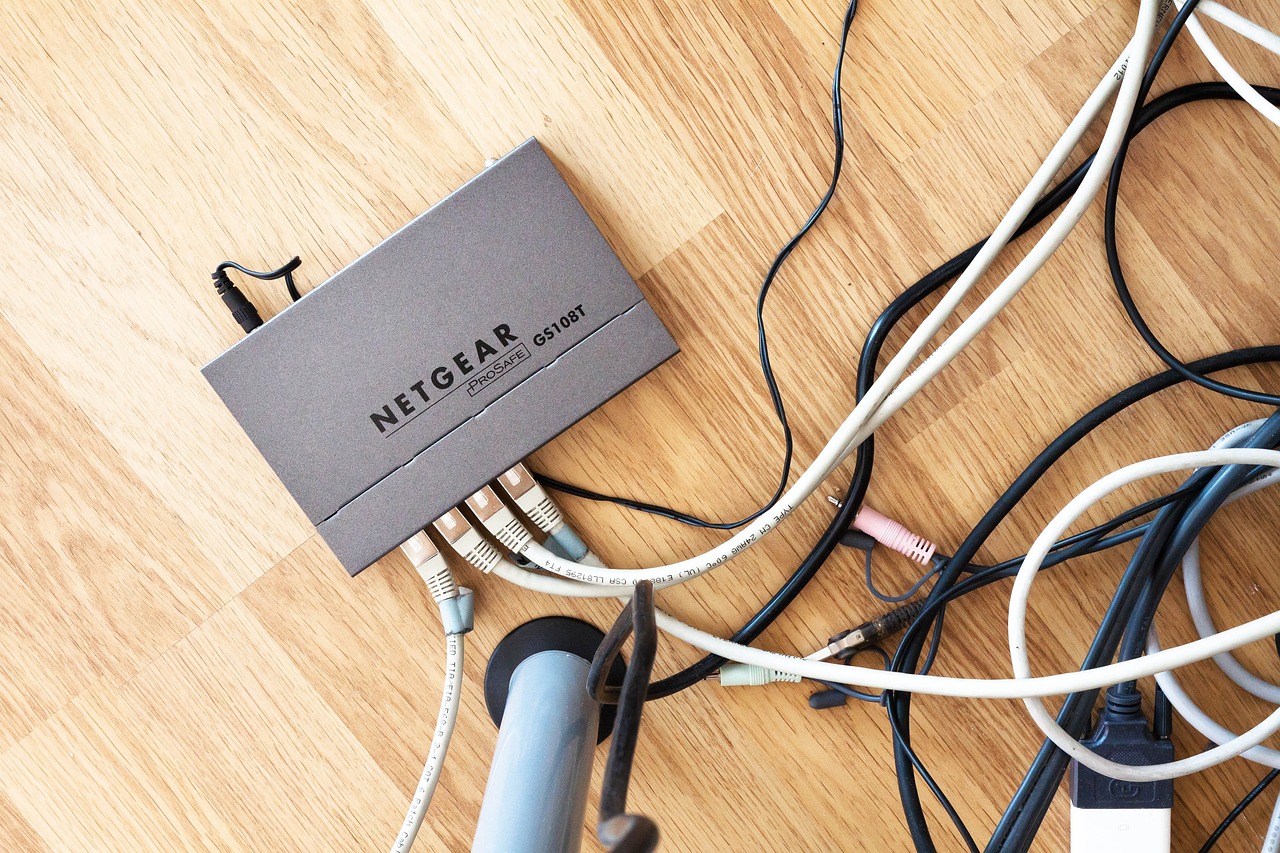If you’re running a company, a sound infrastructure – including a dependable network and wiring system – is essential. One of the most vital aspects of achieving this goal is installing an adequate structured cabling system. In this article, we will discuss the basics of structured cabling and address some of the most common cabling FAQs people ask.

Cabling FAQs – and Straightforward Answers
- What is Structured Cabling? Let’s first answer the most basic of questions. Structured cabling is defined as the wiring system that organizes and manages a network. It consists of various components, including patch panels, data jacks, cross-connect cables, cable trays, and raceways, that work together to create a neat, efficient, and ordered network. In commercial buildings, especially, structured cabling systems utilize overhead raceways or underground conduits to route the cables and keep them out of sight.
- What Types of Cables are Found in a Structured Cabling Environment? There are several types of cables that are standard in a structured cable environment. These include ethernet, fiber optic, coaxial, twisted pair, and power cables. Each cable has a specialized purpose: ethernet cables connect computers to the network, fiber optic cables transmit data, coaxial cables connect computers to the internet, and twisted pair cables are used for telephone lines, data networks, alarms, and paging systems.
- Why is Structured Cabling Necessary? Several scenarios might necessitate structured cabling. The system can organize a complicated network and make it more manageable. It can make troubleshooting problems more intuitive, facilitating the identification and resolution of network issues. It can help improve network performance, as cabling is designed to be efficient, not haphazard.
- What are the Benefits of Structured Cabling? As this article already mentions, there are significant benefits associated with installing a structured cabling system. Structured cabling can improve network performance and prevent signal loss and RF interference. All cables and endpoints are clearly identified, making it simple to find and repair problems. Adding new components and making network changes is less time-consuming and more accurate and efficient. One benefit business owners may not consider is that installing a structured cabling system may increase property value in a future sale.
- Is Structured Cabling Only for Large Companies? While structured cabling offers significant benefits to large business, it is also appropriate for small companies and SMBs. Network performance, enhanced reliability, more streamlined management and increased property value all apply to any size business. The modular nature of a structured cable system even facilitates future expansion and the addition of remote locations.
Is Your SMB Ready to Explore Structure Cabling?
Now that you’ve read more about the most common structured cabling FAQs, you may be ready to learn more about how to look into the process for your company. It is clear that there are many positive reasons to install structured cabling if you are in charge of a business, large or small. Every business in 2024 must have a reliable network that allows for innovation and growth. Installing a structured cabling system can help elevate your network’s performance and make it more reliable in the face of an evolving cyber environment.
If you’re interested in setting up a structured cabling system, the team at Alliance IT is ready to set up a no-obligation consultation to evaluate your needs. Alliance IT has a solid reputation in the Sarasota area, helping small and medium-sized businesses make the changes necessary to compete in a changing world. To learn more about structured cabling—or any other aspect of managed services—call us today.
